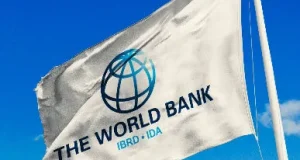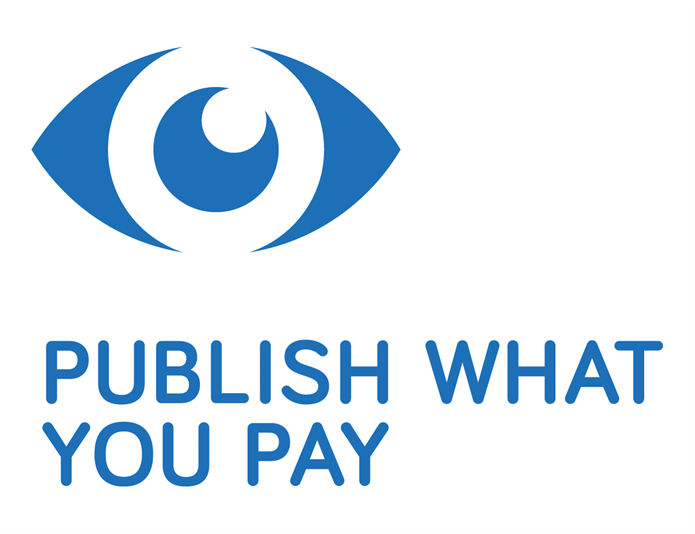Ghana’s bondholders must cut debt payments by 50% if they are to match the terms agreed by governmental creditors such as China and the UK. New figures released by the Integrated Social Development Centre Ghana (ISODEC) and Debt Justice in the UK show that the amount of debt relief currently being discussed would lead to bondholders being paid back 15% more than government creditors.
Ghana’s negotiations with bondholders who own $13.1 billion of debt are at a crucial stage. For a deal to be struck requires bondholders to give “at least as favourable terms”[2] as government creditors, and for the IMF to say it meets their targets for debt relief. An April 2024 proposal was rejected by some bondholders as being too much debt relief, while the IMF said it was not enough.
Bernard Anaba, Public Policy Specialist at ISODEC said:
“It is 18 months since Ghana entered debt relief negotiations, and we are still waiting for foreign private lenders to agree to debt relief. These lenders charged us high interest and bought debts at low prices. It is unfair that they keep pushing for more profit at the expense of the Ghanaian people.”
Tim Jones, Head of Policy at Debt Justice, said:
“Ghana’s bondholders have rejected a deal that would see them paid back 15% more than governments including the UK and China. This shows yet again that private lenders cannot be trusted to negotiate in good faith. For citizens in debtor countries, and taxpayers from lending governments, we need laws in the UK and New York to ensure private lenders give sufficient debt relief.”
In January 2024 Ghana’s government creditors agreed to a debt relief deal. The analysis by ISODEC and Debt Justice estimates that this will see such creditors being repaid 62 cents for every dollar they lent originally.[3] In contrast, the April 2024 proposal with bondholders, rejected by some bondholders as being too much debt relief, and the IMF as being too little, would have seen bondholders repaid 71 cents for every dollar lent.
Under the terms of the original bonds, bondholders would have received $1.26 for every dollar lent. This means that for payments to bondholders to be reduced to 62 cents for every dollar lent – matching payments to governments – they would have to be cut by 50%.
Of Ghana’s external debt, $13.1 billion is owed through foreign currency bonds, at an average interest rate of 7.5%. A further $2.8 billion is owed to other foreign private lenders, at 6.4% interest. $5.2 billion is owed to governments, the largest creditors of which are China, the UK and India, at 2.8% interest. $8.1 billion is owed to multilateral lenders, at 1.7% interest, which is not being restructured.
| Restructuring proposal | Amount of nominal debt owed, end 2022 (ie, amount lent) | Estimate of Net Present Value following restructuring proposal | Estimate of effective amount creditor will get back for every $1 lent |
| Bilateral creditors (Agreed January 2024) | $5.19 billion | $3.23 billion | 62 cents |
| April 2024 with bondholders (Declined by some bondholders and the IMF) | $13.1 billion | $9.31 billion | 71 cents |
Notes
Debt Justice (formerly Jubilee Debt Campaign) is a UK charity working to end poverty caused by unjust debt through education, research and campaigning: https://debtjustice.org.uk/
To unsubscribe from receiving press releases please reply UNSUBSCRIBE to this email.
Debt Justice’s Privacy Policy is available at https://debtjustice.org.uk/privacy-policy-2
[1] The full analysis is available at: https://debtjustice.org.uk/wp-content/uploads/2024/05/Ghana-restructuring-analysis_05.24.pdf [2] Ghana is applying for debt relief under the G20 Common Framework for Debt Treatments. When this was agreed in November 2020, the G20 said: “A debtor country that signs an MoU with participating creditors will be required to seek from all its other official bilateral creditors and private creditors a treatment at least as favorable as the one agreed in the MoU.”https://www.imf.org/-/media/Files/News/news-articles/english-extraordinary-g20-fmcbg-statement-november-13.ashx [3] The analysis uses the concept of the Net Present Value of the debt. This estimates how much a debt is worth, based on the future principal and interest payments, assuming they are worth 5% less every year into the future they are made.
 Public Agenda NewsPaper Ghana's only Advocacy & Development Newspaper
Public Agenda NewsPaper Ghana's only Advocacy & Development Newspaper





